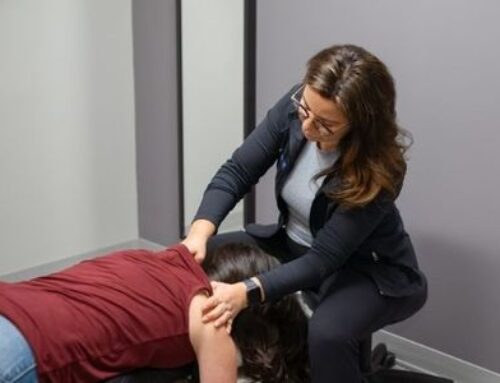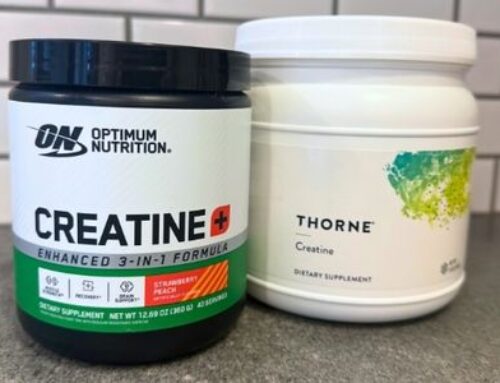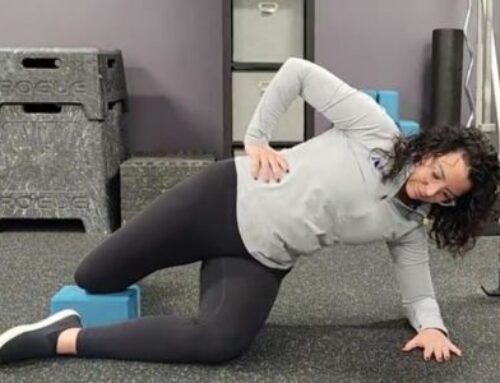Welcome back to the dancer blog where we’re continuing our discussion on the female athlete triad. Recently, we covered the dense topic of how prolonged caloric insufficiency partnered with frequent and intense exercise can lead to a decreased percent body fat. This week we will be discussing how a decreased percent body fat can lead to menstrual dysfunction and diminished bone mineral density in bio-sex females.
Ok so quick recap! If we don’t eat enough calories and are exercising too intensely for prolonged periods of time we will, as a result, regularly burn through our sugar stores. Our body will then begin to breakdown fat. If we do this often enough, eventually our percent body fat will decrease.
But why is a low percent body fat a bad thing? Well on one hand, too high a percent body fat can lead to obesity and a whole host of commonly known health problems. However, the other side of that radical is just as unhealthy. While beauty standards may make us all wish that we had abs like an actor on the CW. The reality is that fat is an incredibly important building block in your body.
Fats are used to build cell membranes that allow each individual cell in your body to function. It’s used to build myelin in your brain, that’s the part of a nerve that carries the nerve signal. Without myelin you’d basically be paralyzed. Some vitamins are only soluble in fat, without fat you can’t absorb vitamins A, D, E or K. Fat layers provide protection to many of our vital organs such as our kidneys and heart. Without fat, these organs are at a much higher risk of injury. And most importantly, as it relates to the female athlete triad, fats are building blocks for many hormones in the body. Specifically sex hormones.
As we discussed in the blog on dance and the menstrual cycle, hormones and the delicate balance between them are vital to a dancers health. And fats are a key ingredient in building those hormones. So if we are in a situation where we are constantly depleting our fat stores, we are actively making it harder for our body to build the hormones needed to run and regulate our body.
Additionally, understand that the body is a complex machine that allocates energy based on demand. If our fat stores are being diminished then the body enters a state where it has to balance breaking fat down for energy and using fat as component parts in all of those other functions we just discussed. The result is kinda like a company that’s downsizing. The body looks at what it needs to survive and what it doesn’t. Then the body simply turns off the parts that aren’t needed.
Of the various bodily systems, do you know which system is the least important for sustaining life? That would be the reproductive system. You see, while you may need your reproductive system to create new life, it’s not actually helping to keep you alive. And so, if our fat stores become too low, bye bye reproductive system. Or more specifically, bye bye menstrual cycle and all the associated hormones with it. This results in a massive disruption in hormones like estrogen and progesterone.
Speaking of Estrogen. Do you know what other bodily system estrogen is used in? Points if you said the skeletal system! Yes diminished levels of estrogen along with poor nutrition can lead to poor bone mineral density and even early onset osteoporosis.
Alright we tied the three symptoms together, all done right? Wrong, there’s more than just one way to connect the dots! Poor nutrition is what kick starts this whole thing. Well that and physical activity that exceeds the energy demands allowed for by poor nutrition. Understand that poor nutrition often results in decreased calcium intake. You know, that thing that teenagers and growing kids are supposed to have a lot of because that’s what bones are made of (and a bunch of other stuff). The same way that fat is necessary for hormone construction, calcium is needed for bones.
And remember how we said that ATP is chemical energy. Also remember how we said that in a situation where percent body fat is constantly shrinking, the body becomes unable to keep up with ATP production. Well ATP stands for Adenosine TriPhosphate. Notice the word Phosphate there. Guess where else phosphates are rich in the body. Even more points if you said bones! Diminished energy stores actually encourage the body to break down bones in order to use the Phosphates for energy construction.
And of course with bone mineral density out of whack, the hormonal systems in the body are also affected meaning once again, menstrual dysfunction. Basically, I want you to understand that once you create a situation where body fat becomes increasingly harder to come by, you’ve created a number of roads that bring in the two remaining sides of the triad.
And don’t forget, female athlete triad also results in a bunch of other symptoms including but not limited to; increased susceptibility to serious heart problems, feeling like you’re constantly cold, poor muscle healing post exercise, poor mood, increased prevalence of sickness and much, much more!
Ok, so low caloric intake plus prolonged intense exercise leads to low percent body fat. This leads to the body having to balance fat breakdown for energy and using fat to build stuff. This can ultimately lead to the body turning the menstrual cycle off. This leads to diminished estrogen which can lead to weakened bones and osteoporosis. BUT, low caloric intake ALSO leads to decreased calcium intake, which in turn leads to weakened bones. Reduced energy, due to low caloric intake, ALSO leads to bone leaching of Phosphates which when partnered with low calcium creates weakened bones. This can lead to instability in our hormonal systems that in turn lead to menstrual dysfunction. There are so many ways things can go wrong with low caloric intake!
Finally I want to make one last point clear. While the most severe form of female athlete triad is low caloric intake, loss of menstruation and osteoporosis. Understand that “low” caloric intake is relative to the intensity of exercise. ANY amount of calories that is less than the amount needed is “low” caloric intake. So “low” doesn’t necessarily mean “a little.” You can take in a lot of calories and still be less than what’s needed. Additionally, simple disruption in the menstrual cycle as well as weakened bones resulting in things like frequent stress fractures are more than enough to constitute female athlete triad. It’s very much a spectrum based condition.
Ok, that’s a lot for this week. This condition is FAR from simple. There’s a lot that goes into it and there are many ways by which it can manifest. Next week we will be tieing this more directly to dance by discussing some unsettling statistics about the prevalence of this condition amongst dancers as well as the lifelong effects it can have on a dancer. So stay tuned.
In the meantime, this week’s dancer shout out goes to Madison Cole! Originally from Atlantic Highlands, NJ Madison began dancing at the age of three. She began her professional training in New York City first with Ellison Ballet, and later graduated from SLK Ballet under the direction of Sara Knight. Through SLK, Madison was chosen for an exchange program with Central Ballet in London, England, and had the privilege of dancing in programs with Cincinnati Ballet, Alonzo King LINES Ballet, and Dutch National Ballet, as well as guest artist opportunities with Alto Jonio Dance in Villapianna, Italy, Sedona Chamber Ballet, Long Island Ballet Theater, and NYC based contemporary company, Indelible Dance. Madison is currently in her 5th season with New York State Ballet. She is also an instructor and coach for the NYSB Training Academy. You can see her in a variety of classical and contemporary works in NYSB’s upcoming Winter Virtual Production, and again in April as Dorothy in NYSB’s virtual production Wizard of Oz!
And remember, if you have any questions or topics you would like me to address here on the Dancer Blog comment below and let me know! Also if you want to help this community grow faster, please like and share this blog on Facebook, Instagram, and Twitter. Until next time!





